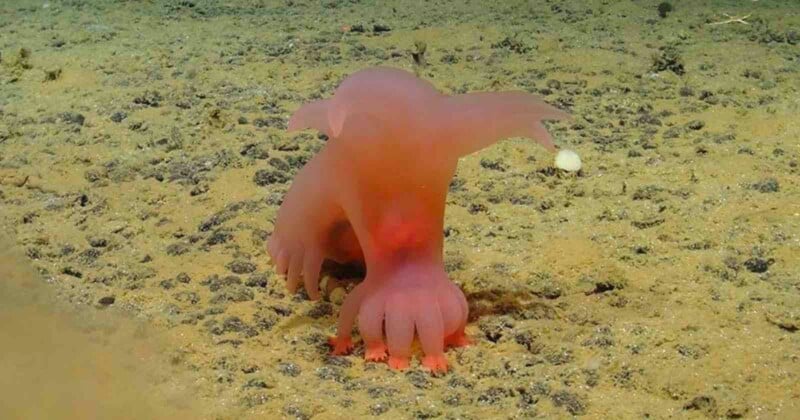
Scientists photographed never-before-seen underwater species including pink “Barbie Pigs” during a deep-sea expedition.
An international team of Natural History Museum (NHM) scientists spent the last few weeks exploring the eastern tropical Pacific Ocean as part of the latest SMARTEX expedition to the Clarion-Clipperton Zone (CCZ).
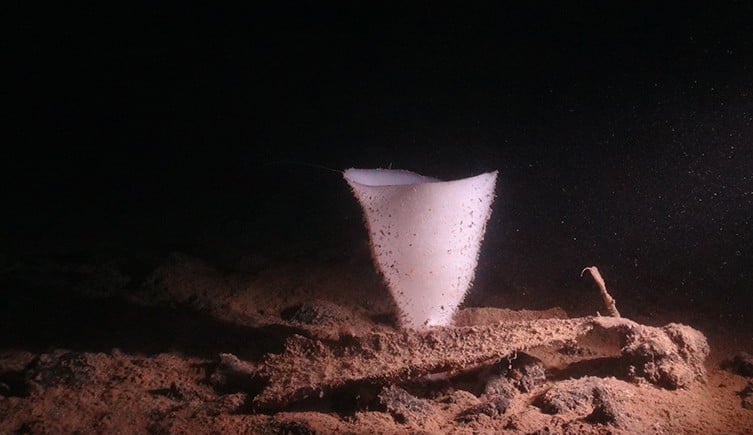
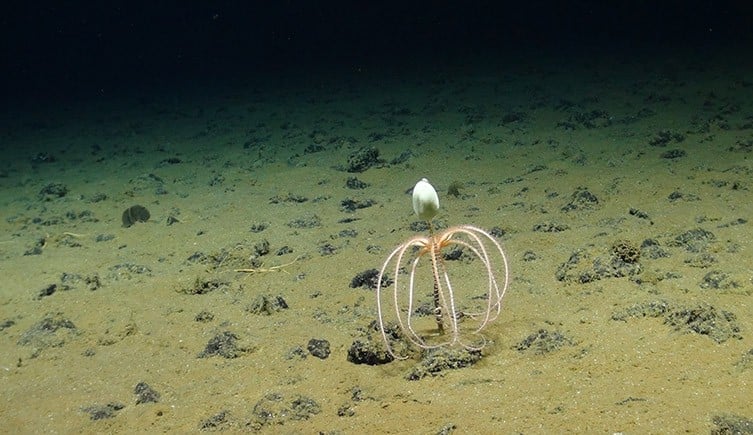
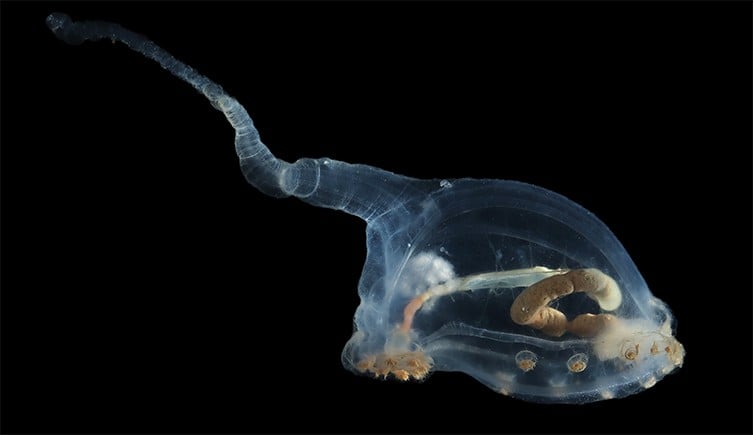
The team’s mission was to discover the species that were living 13,000 feet (4,000 meters) beneath the surface.
And the scientists discovered several strange and curious species that are “new to science” during the deep sea expedition — including rattail fish, unicumbers, glass sponges, and pink Amperima sea pigs that have now been formally named “Barbie pigs.”
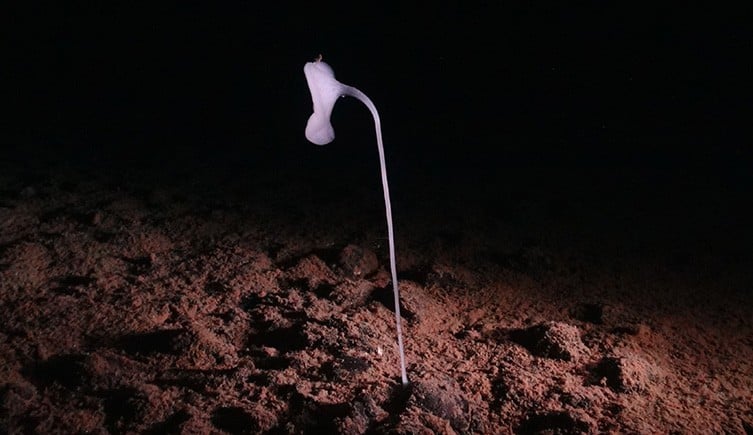
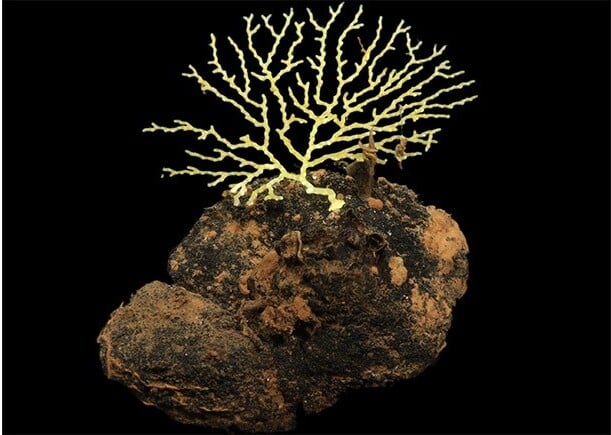
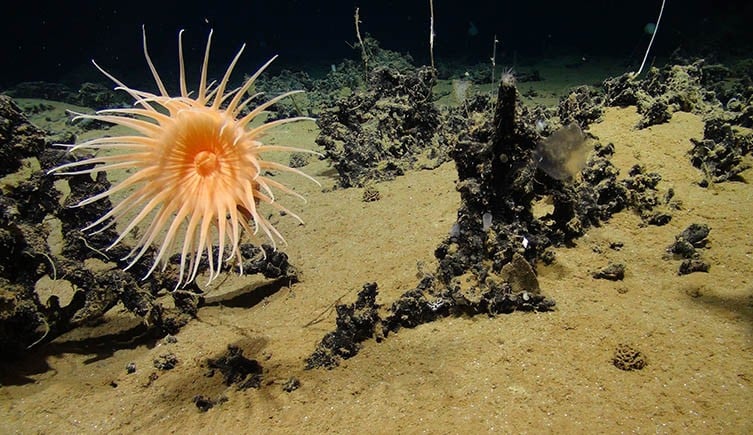
The astonishing animals have now been captured on camera for the first time ever in incredible photos.
“We can assume that many of these species will be new to science,” Regan Drennan, a post-doctoral marine biologist at London NHM, tells IFLScience..
“Sometimes they have been seen/observed/known before, but not collected or formally described. For example, the sea pig nicknamed the unicumber had been seen in previous seabed imagery surveys, but not collected or imaged in high definition to the best of our knowledge.”
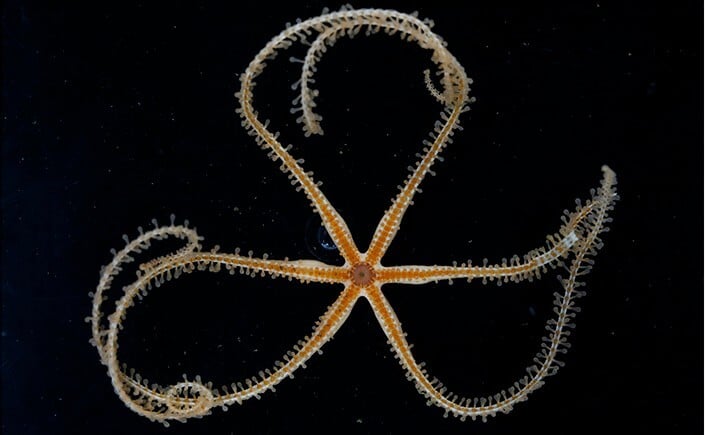
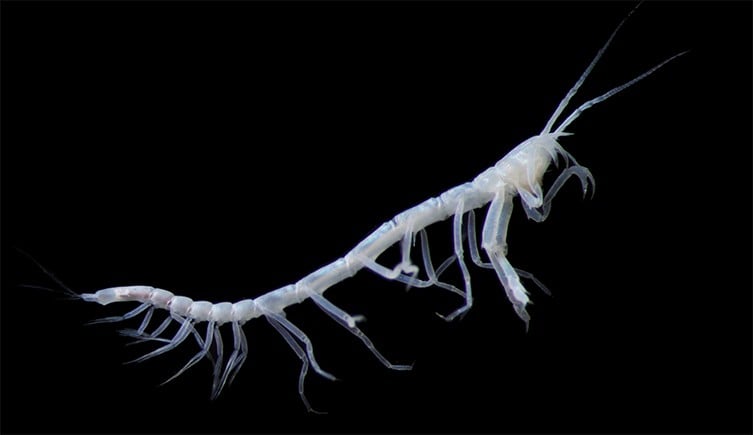
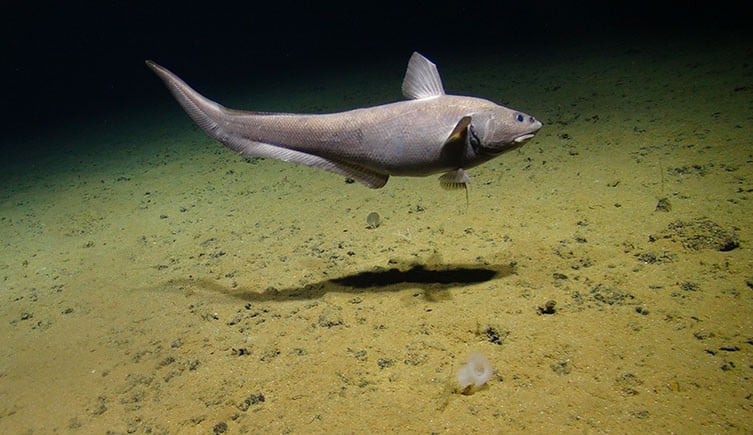
University of Southampton PhD student Bethany Fleming coined the name “Barbie pig” for the hot pink alien-like species with sausage-like fingers after the team of scientists watched the Barbie movie on the plane together.
“All the specimens that have been collected will be brought back to the museum, where they will be identified and studied by the researchers here,” Eva Stewart, a post-doctoral marine biologist based at the NHM, tells IFLScience.
“Some may be described as new species, and lots of the specimens will be used for research looking at patterns of diversity across the seafloor in this area.”
Image credits: All photos by © SMARTEX Project, NERC.
